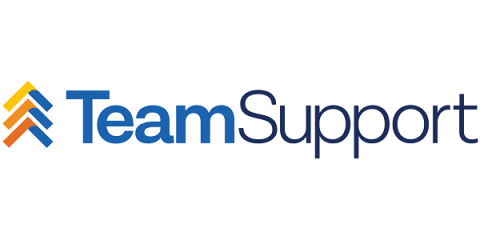Top 7 Tempo Alternatives (Features, Pricing, Ratings)
Looking for the best Tempo alternatives? While Tempo is a decent automated time-tracking solution to monitor your employee’s productivity, it’s not the best solution available today. As Tempo mainly focuses on productivity monitoring in Jira, it lacks integrations with other project management software like Trello or ClickUp. Additionally, Tempo doesn’t allow you to pay via quarterly or annual intervals for added ease of use.









